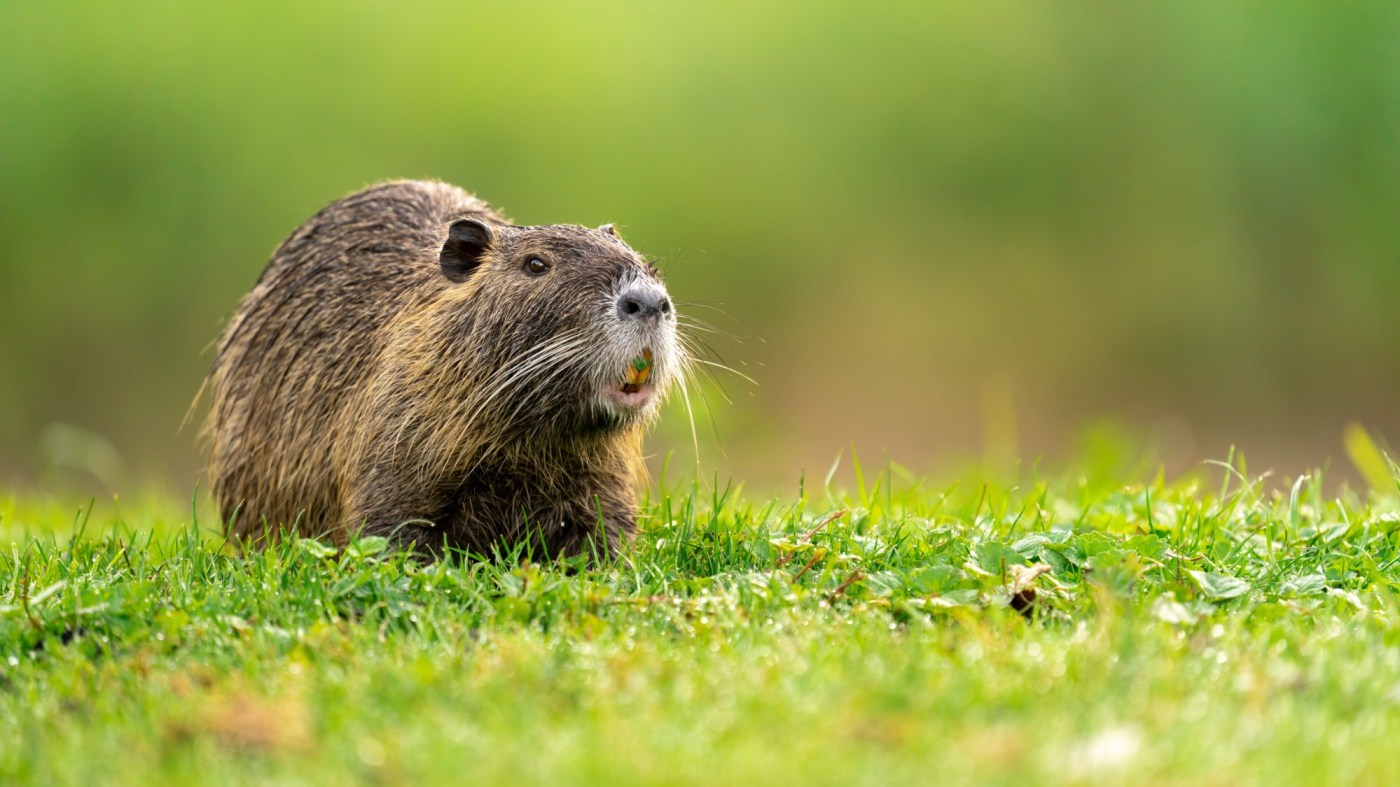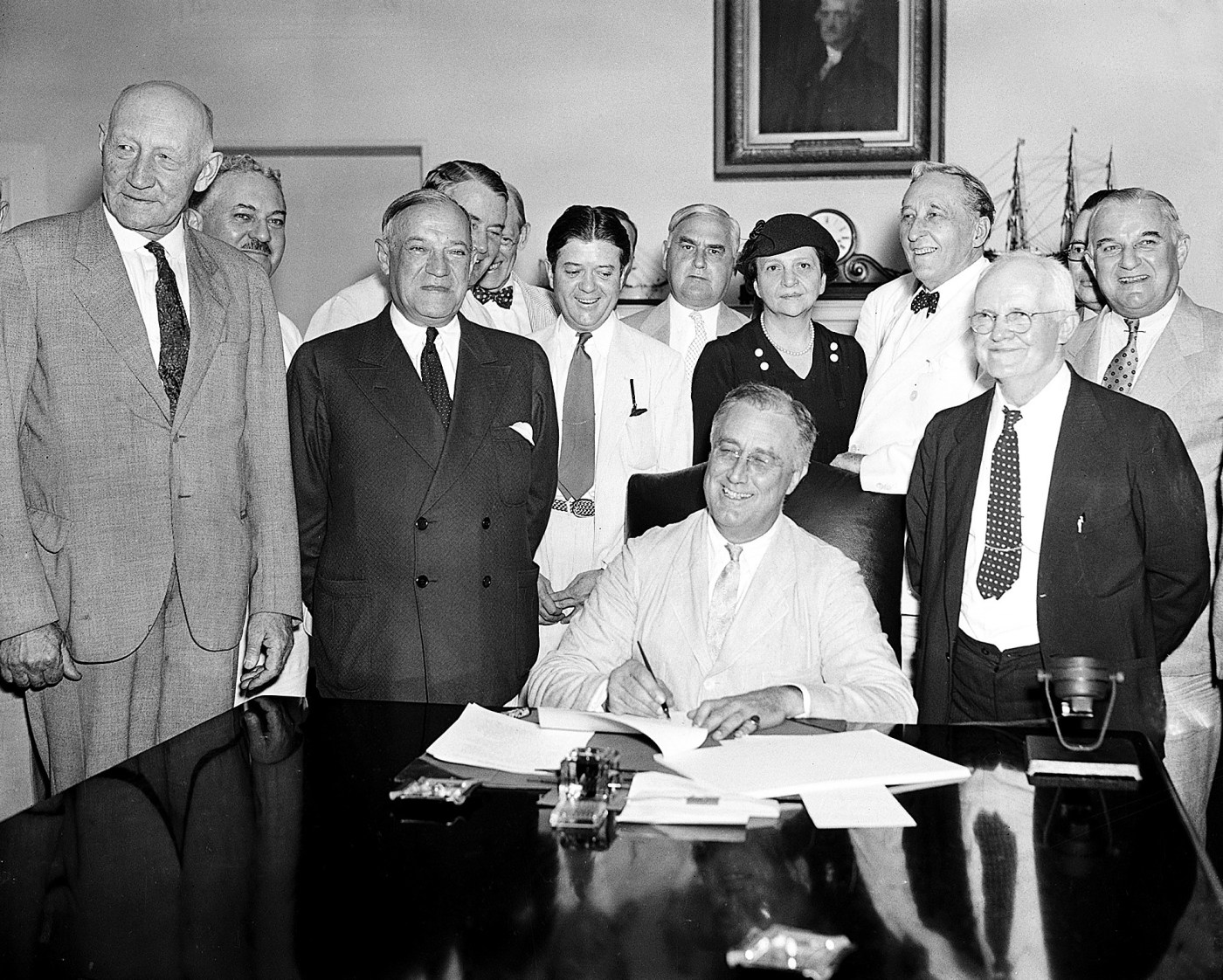Q. What are nutria, and why are they now considered a pest?
Nutria (or coypu) are like gophers on steroids.
Related Articles
Strong winds damaging your garden? Plant a living windbreak
Should you put banana peels in your soil?
Since they live near water, they are often mistaken for beavers or muskrats. There are some very big differences, both in appearance and behavior. Adult nutria are about two feet long and have a long, rat-like tail that can reach up to 18 inches long. They have long white whiskers, white muzzles, and dark yellow Austin Powers-like teeth. They dig and destroy flood control levees and they eat a tremendous amount of vegetation, which exacerbates erosion and habitat loss. Beavers are much larger (over 50 pounds and 4 feet long) and have a flat, paddle-like tail. Beavers build and live in dams that generally benefit the environment by allowing ponds to form. This prevents erosion and allows water to percolate into the soil. Muskrats are much smaller (about 2 pounds and 20 inches long, including the tail).
Nutria were introduced to the United States in the late 1800s for the fur trade, but as the demand for fur declined, they ended up being released from captivity. From there, they did what rodents do best – reproduce. They become sexually mature at 4-6 months of age and can have 3 litters of up to 13 young per year. In areas without many predators, the population can quickly become unmanageable.
They tend to eat entire plants – roots and all. This, combined with the constant digging, can destroy crops and farmland as well as native wild land. They will burrow under structures and roads, undermining them. They also carry diseases harmful to both humans and livestock. Parasites such as flukes and tapeworms, as well as microbes that cause tuberculosis and septicemia, will contaminate the water in which they live.
In their native environment of South America, periodic drought in which their habitat dries up tends to control their population.
Placing barriers such as electric fencing or tight fencing can exclude nutria from their favored habitat, but since they are so prolific, other eradication methods may need to be used. Trapping and humane euthanasia are other options. They have become such a problem in Louisiana that the state has encouraged people to hunt and eat them. They even have some recipes on their website.
Upon advice from my editor, I will not include any recipes here.
If you see one or more of these rodents, notify CDFW at [email protected], or by calling (866) 440-9530.





